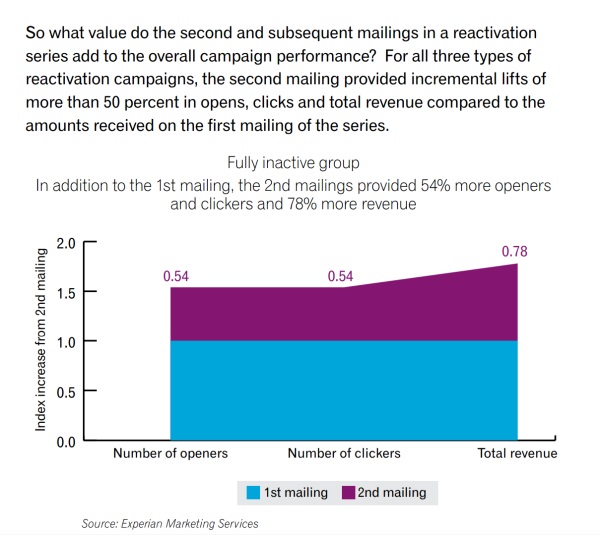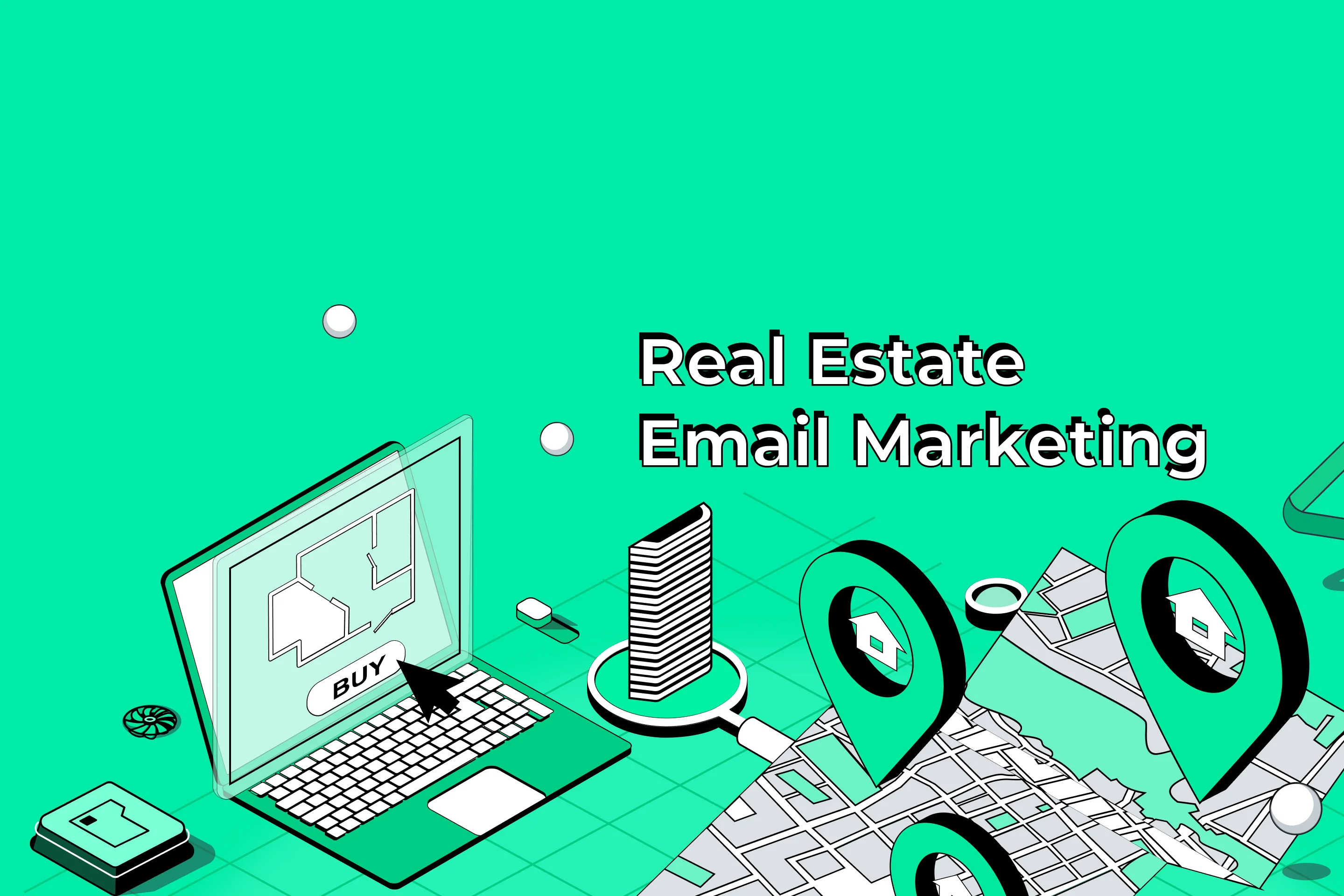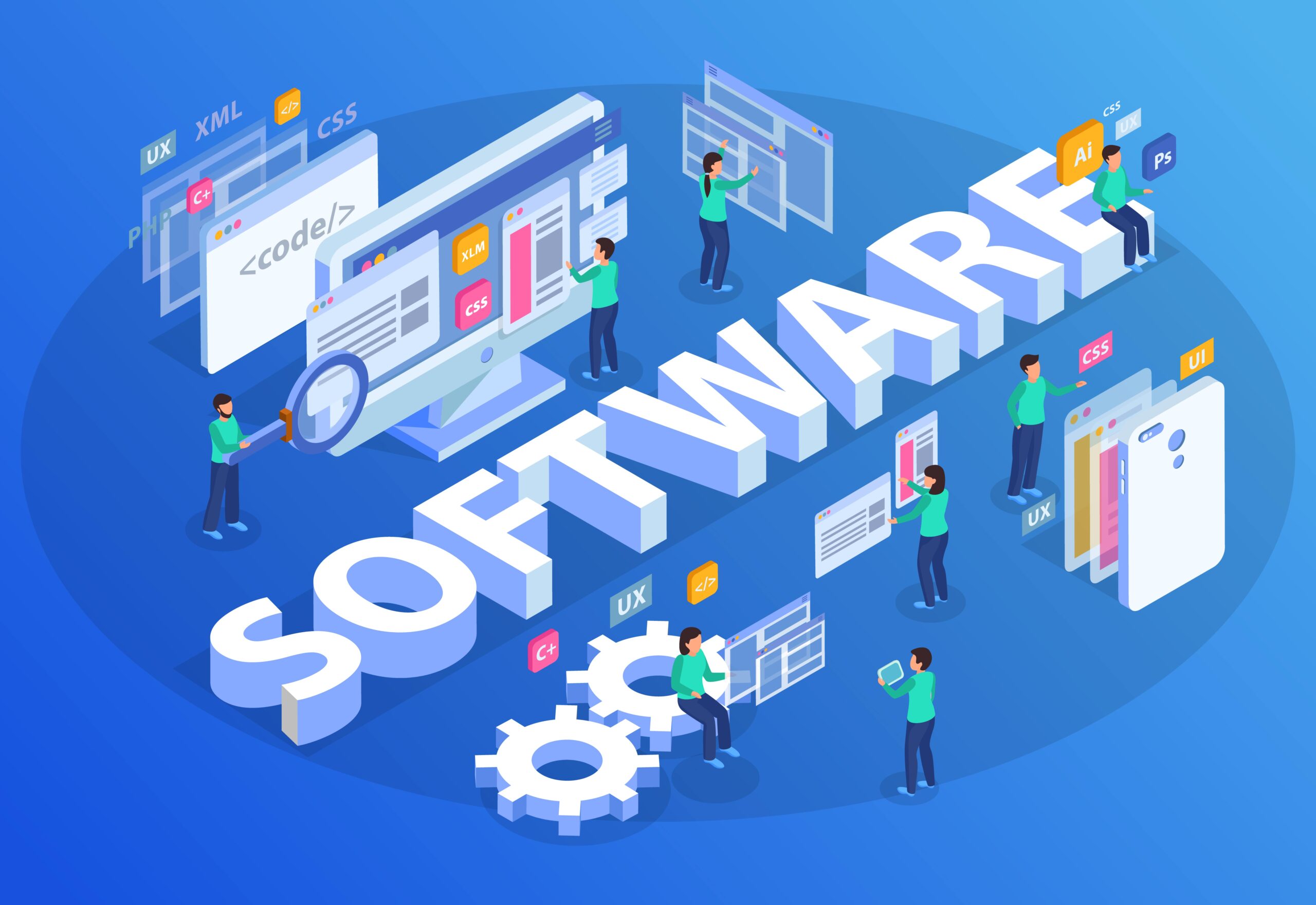How To Re-Engage Subscribers
A bit ago, we wrote about an Epislon study that showed how new subscribers were not engaging with marketing emails? While that study detailed that 2/3rds of new subscribers didn?t engage with the emails that they were receiving, it didn?t mention a way to combat such a problem. That said, the folks at Experian Marketing services recently released their Q1 2015 email benchmark report, and studied how best to engage completely inactive, mixed active, and past buyers on a list.
While email is a top generator of marketing dollars, far too many people take a simplistic approach and don’t use it to its full potential.
One of the most obvious areas where companies fail is with re-engaging customers who are no longer interested in what you have to offer.
Cleaning up your email list makes sense, as people who don’t open your emails are dead weight that’s costing you money. Every single email service provider (ESP) charges you based on the number of emails you send. If you’re sending emails to people who are no longer opening them, you’re still paying for that privilege.
Furthermore, companies like Google look at overall open rates when they receive emails from your newsletter. Lower overall open rates mean it’s more likely Google will filter your emails into the spam folder — somewhere you definitely do not want to be.
So it’s important to develop a strategy to try to re-engage people who are no longer responding to your emails.
Completely inactive subscribers are defined as ones without any previous history of opens or clicks. Mixed active have previous interactions with the emails they’ve received, but have been inactive for the last 6 months, and suffice to say, past buyers are consumers that have at one time made a purchase (but have not made another since). Anyways? the question remains: How do you engage each set of these list subscribers?
According to Experian, the best way to attack this problem is to take a data-driven approach. Experian recommends using data to determine when the best time to send an email to each subset is, and also the contents of the email – as each should be personalized to best suit their wants/needs. Now onto the positive effects of a reactivation email?
Did you know:
1) Opens, clicks and revenue were boosted by more than 50% when a second re-activation email was sent.
2) Personalization in the subject line boosted 50% higher transaction rate.










